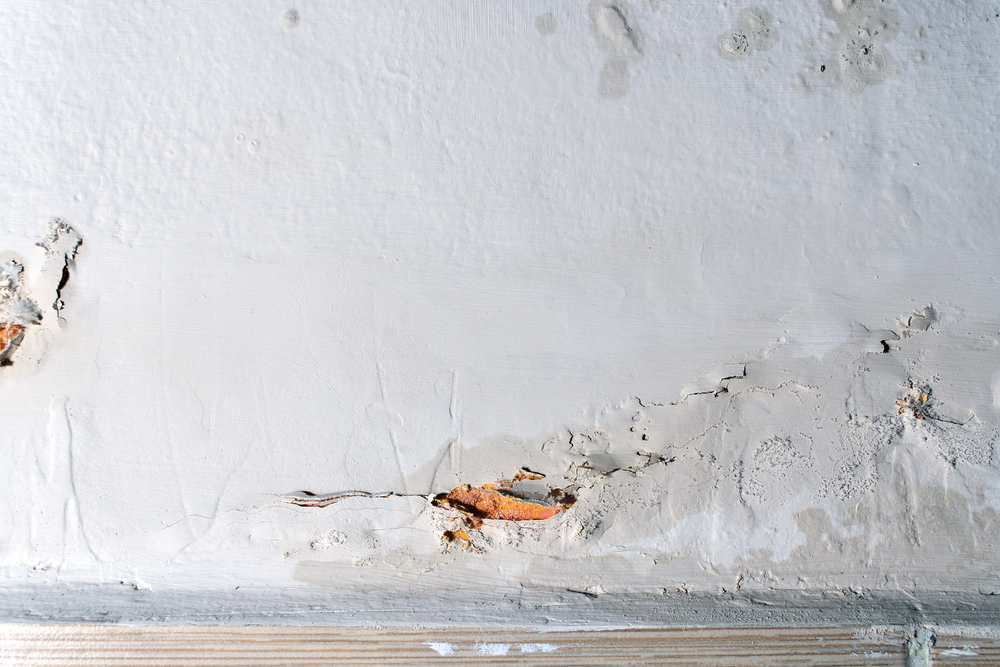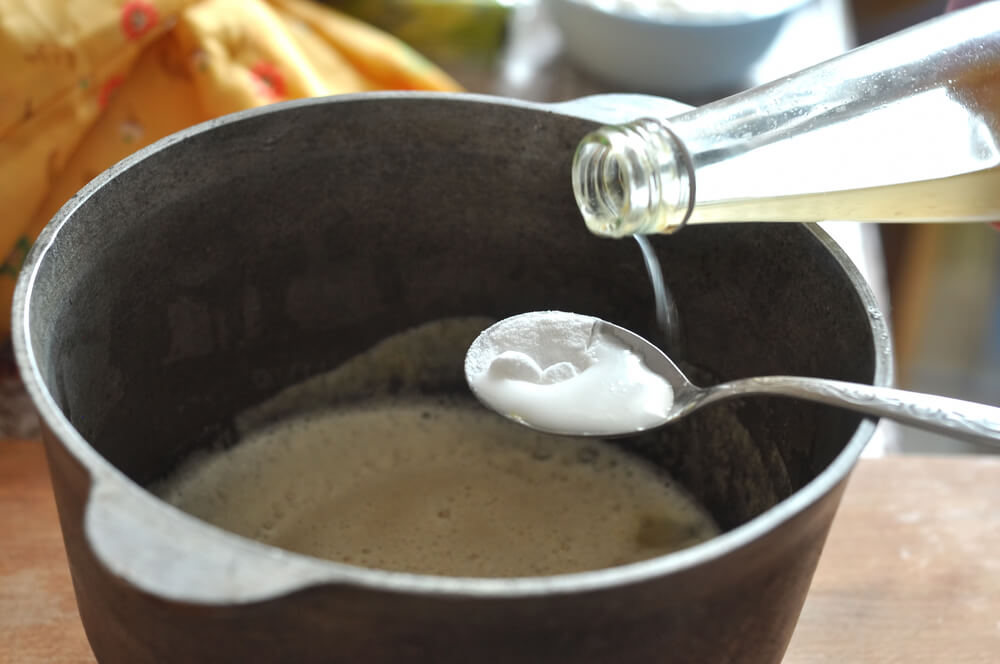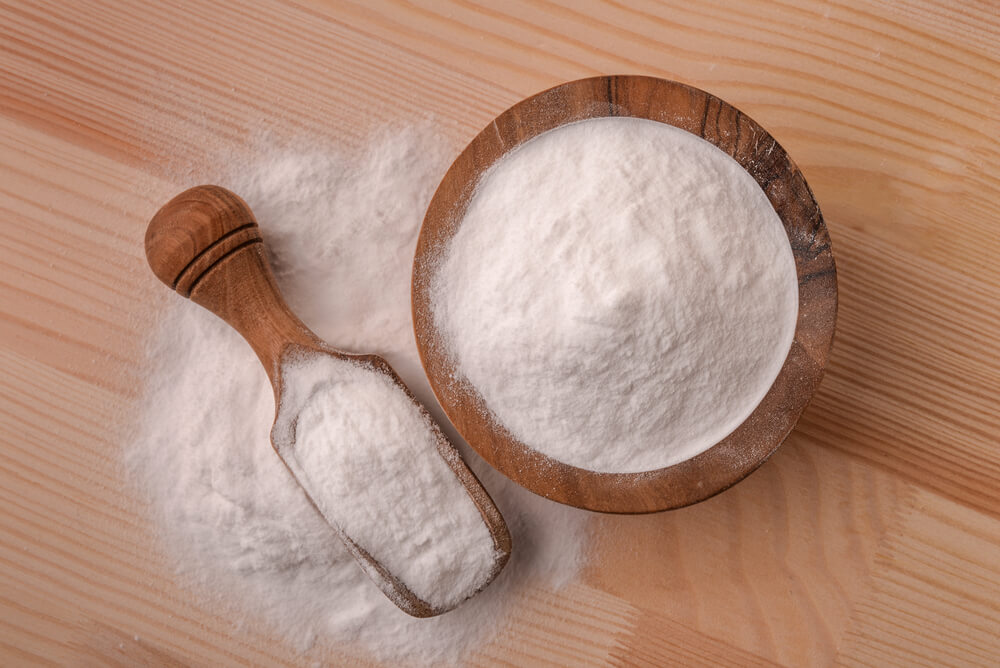
There is nothing worse like the appearance of fungi on furniture surfaces. They can have a presence in wood, plaster and textiles, with humidity being the main focus of development. On this occasion, we will teach you how to remove mold from textiles .
It has happened to all of us that we have had a storage room or an attic where we have stored all kinds of gadgets. It is in these places where we have less control over humidity and where mold can expand by leaps and bounds.
However, our home is also the perfect setting for it to appear . Therefore, it is important that we have an attitude of periodic observation if we have indications or precedents that tell us about the possibility that this fungus can develop.

You probably have the clothes closet next to the bathroom wall, or other furniture, such as the sofa, can be found next to the street wall. On both surfaces, moisture can appear, either by leaks from the shower or from the outside rain.
Given this situation, we must be cautious and take a look in case any blot of moisture begins to form . However, since we usually have a stressful daily rhythm , we don't worry so much about the conditions that the house can have.
When we want to realize, moisture has penetrated the wall and has reached the textiles. The mold is going to have a free way to expand and start to produce a bad smell and deteriorate the materials; You can even go through the wood in the closet and get to the clothes.
We must be careful with the state of our house.

Mold spots can appear on any textile . It doesn't matter if they are clothes, a tablecloth, the sofa, the upholstery of a chair, etc. Any surface can be invaded by this fungus that, in the long term, can generate bad odors and deterioration. Follow these 5 steps to eliminate it:

You may find mold spots on curtains or bed sheets . Both textiles are quite fragile; Therefore, we must use a solution that is adaptable and careful with this type of fabric.
For this we will need half a glass of alcohol vinegar, a tablespoon of fine salt, two tablespoons of baking soda and a lemon. Obviously, from the latter we will use the juice.
When combined, you can verify that it is produced as a paste. Using a brush we try to rub on the surface until we see that the fungus is removed. We leave a few minutes for the product to take effect and then we wash it in the washing machine.
Using this procedure, you will see from your own eyes that the result is incredible.
There is no doubt that any of the products described above offers an efficient result . Therefore, we can rely on any of them, giving you an answer to the initial question on how to remove mold from textiles.
How to Wash and Care for Block Printed Fabrics the Right Way
November 25th, 2025How to Choose the Right Hand Block Printed Dohar for Your Bedroom Décor
November 21st, 2025